
Taiwan Tech Arena Celebrates Fifth Anniversary
Tech incubator Taiwan Tech Arena was formed by the Cabinet in 2018. Its aim was to nurture chip-focused start-ups and recruit international talent to Taiwan by optimizing the investment environment for start-ups and create programs to encourage youth entrepreneurship and regional vitalization. The Cabinet has approved more than 90,000 applications for youth entrepreneurship loans and assisted young start-ups in obtaining more than NT 73.5 billion dollars in financing. More than 700 start-ups have been created with this help in such fields as artificial intelligence (AI), software and health applications. In effect, the organization bridges the gap between academia and the private sector via the National Science and Technology Council (NSTC). Next year, the government plans to launch the Chip-Driven Taiwanese Industrial Innovation Plan. By actively assisting entrepreneurs to protect their IP, the plan will roll out new initiatives to bolster connections with other countries, promote industrial innovation while integrating Taiwan’s industrial supply chains. The 10-year plan seeks to take advantage of Taiwan’s strengths in semiconductors to drive breakthroughs in sectors related to food, medicine, housing, transportation, education and entertainment. Currently, there has been a lot of investor excitement over ChatGPT, and indeed the potential for patents in semiconductor technologies and software related design has given a boost of optimism to the sector.
Taiwan Increases Research and Development Spending
In a study organized by the Ministry of Economic Affairs researching the period 2012 to 2021, it was seen that Taiwanese companies accelerated research and development investment to an all-time high of NT 820.6 billion in 2021. A lot of the research and development has been driven by semiconductor companies. The spending was up 14.2% from NT 718.8 billion in 2020, which was the fastest pace on record. In the 10-year period from 2012, local companies have expanded R & D spending at an annual compound growth rate of 7%. As a proportion of GDP, the spending in 2021 was 3.8%, up 0.2% from 2020. This means that in 2021 Taiwan was the third-largest R & D spender among the world’s major economies in 2021, surpassing 3.5% in the US, Japan with 3.3% and Germany with 3.1%. In 2021, Israel was the first, with R & D investment being 5.7% of its GDP. South Korea was second, with R & D investment being 4.6% of GDP. 92% of spending on R & D in Taiwan was in the manufacturing sector, with local manufacturers investing NT 639.26 on R & D, which was up 17% from the previous year. Manufacturers of computers, other electronics and optical products including semiconductors contributed about 78% of Taiwan’s total R & D expenditure in 2021. Those firms increased spending by 19% from 2020 to 2021. Taiwan Semiconductor Manufacturing Co. boosted R & D spending by about 20% to US 4.46 billion from US 3.72 billion in 2020, primarily to develop next-generation chips. In 2022, the chipmaker increased spending on R & D efforts to US 5.47 billion, mostly to develop 3-nanometer technology.
Comparing Taiwan Invention Patent Applications and WIPO Applications
Of Taiwan’s invention patent applications, semiconductors (at 45%) claimed the top spot among 35 technology fields in 2022, while computer technology (10.4%) took first place for all WIPO applications. In Taiwan, invention patent applicants from Taiwan, China, Japan, the United States and South Korea filed mostly in the semiconductor category while the same countries filed mostly in computer technology, digital communication and electrical machinery for WIPO. Looking at individual applicants, TSMC took first place in Taiwan, and Huawei was first in WIPO. In 2022, 50,242 invention patent filings were filed in Taiwan, an increase of 2.3% due to surging growth between 9.4% to 16.1% in applications from the US, China and South Korea. On the other hand, approximately 278,100 applications were received by WIPO, marking the slowest increase of 0.3% since 2009. Of the applications, filings from China and Japan demonstrated a marginal growth of under 0.1% while filings from the US decreased slightly at less than 1.0%. Since the Taiwan Intellectual Property Office (TIPO) was established in 1999, the number of invention patent applications in Taiwan has grown by 3.6% per year on average. Semiconductors topped all technical fields, followed by computer technology, electrical machinery, optics and audio-visual technology. On the other hand, since applicants worldwide began filing patent applications through the WIPO Patent Cooperation Treaty system in 2013, the number of applications has grown by 11.5% per year on average. Computer technology ranked first out of 35 fields, together with medical technology, digital communication, electrical machinery and pharmaceuticals making up the other top five technology fields. In comparison with Taiwan, there is more digital communication and health-related technology patenting in WIPO applications.
China Increases Low-Carbon Technology Innovation
Between 2016 and 2022, Invention patents of green and low-carbon technology granted in China accounted for 36.8% of the world’s total, and a total of 13 enterprises or institutions in China were ranked among the world’s top 50 in terms of the number of invention patents using green and low-carbon technology inventions granted, which was second only to Japan’s 15. The Statistical Analysis Report on Global Green and Low Carbon Technology Patents (2023) was recently published by the Strategic Planning Department of the China National Intellectual Property Administration (CNIPA) and contains a plethora of data to back up their view that China is a key force in global green and low-carbon technology innovation. Contemporary Amperex Technology Co. Ltd. (CATL), a Chinese battery manufacturer and technology company was cited in the report for its safety short circuit device invention which won an award in the Non-EPO countries category of the European Inventor Award 2023 held by the European Patent Office. Inventor Wu Kai and his team from CATL received his award for his contribution to reducing the risk of battery explosions and fires in electric vehicles, and he was the first Chinese inventor to receive the award since 2010. Although with various categories under its umbrella of the European inventor Award, it is one of the most valuable of its kind, and as such is an indicator of China’s increased prominence in the field of Intellectual Property. CATL is currently in possession of more than 16,000 domestic and foreign pending or granted patents, and has led or participated in the formulation and revision of more than 80 domestic and foreign standards.
China Warns About Irregular Patent Applications
China’s National Intellectual Property Administration (CNIPA) released a summary of typical cases of abnormal patent applications on September 4, 2023. Almost 1 million patent applications were rejected by CNIPA in 2022 due to irregularities of one kind or another. To help inform applicants about the various pitfalls from dubious applications, it is hoped that the quality of patent applications can be improved. Following is a list of various kinds of typical cases mentioned in the report:
- Intellectual property agencies submit plagiarized or fabricated patent applications. Applications using existing technology or the same content as previous patents is commonly seen at CNIPA. The agencies have also been negligent by resubmitting the same patent applications after a length of time, wasting the departments’ time and resources. Stricter penalties and fines are being levied for such behavior.
- Agencies abuse their responsibilities by using a false address and contact information on their patent application. Whatever the reasons are for doing such a thing, from CNIPA’s point of view it is considered a serious breach of ethics on the part of the agency and the administrative penalty has been increased to include stopping accepting new business from the guilty agency for 6 months or more.
- Because the government had a program of financially subsidizing enterprises to increase their IP, various unscrupulous individuals working for firms decided to fabricate patent applications using various methods including shell companies to hide the fraud. Such cases are complex to investigate, so the punishments have become more severe.
China Warns About Irregular Patent Applications
China’s National Intellectual Property Administration (CNIPA) released a summary of typical cases of abnormal patent applications on September 4, 2023. Almost 1 million patent applications were rejected by CNIPA in 2022 due to irregularities of one kind or another. To help inform applicants about the various pitfalls from dubious applications, it is hoped that the quality of patent applications can be improved. Following is a list of various kinds of typical cases mentioned in the report:
- Intellectual property agencies submit plagiarized or fabricated patent applications. Applications using existing technology or the same content as previous patents is commonly seen at CNIPA. The agencies have also been negligent by resubmitting the same patent applications after a length of time, wasting the departments’ time and resources. Stricter penalties and fines are being levied for such behavior.
- Agencies abuse their responsibilities by using a false address and contact information on their patent application. Whatever the reasons are for doing such a thing, from CNIPA’s point of view it is considered a serious breach of ethics on the part of the agency and the administrative penalty has been increased to include stopping accepting new business from the guilty agency for 6 months or more.
- Because the government had a program of financially subsidizing enterprises to increase their IP, various unscrupulous individuals working for firms decided to fabricate patent applications using various methods including shell companies to hide the fraud. Such cases are complex to investigate, so the punishments have become more severe.


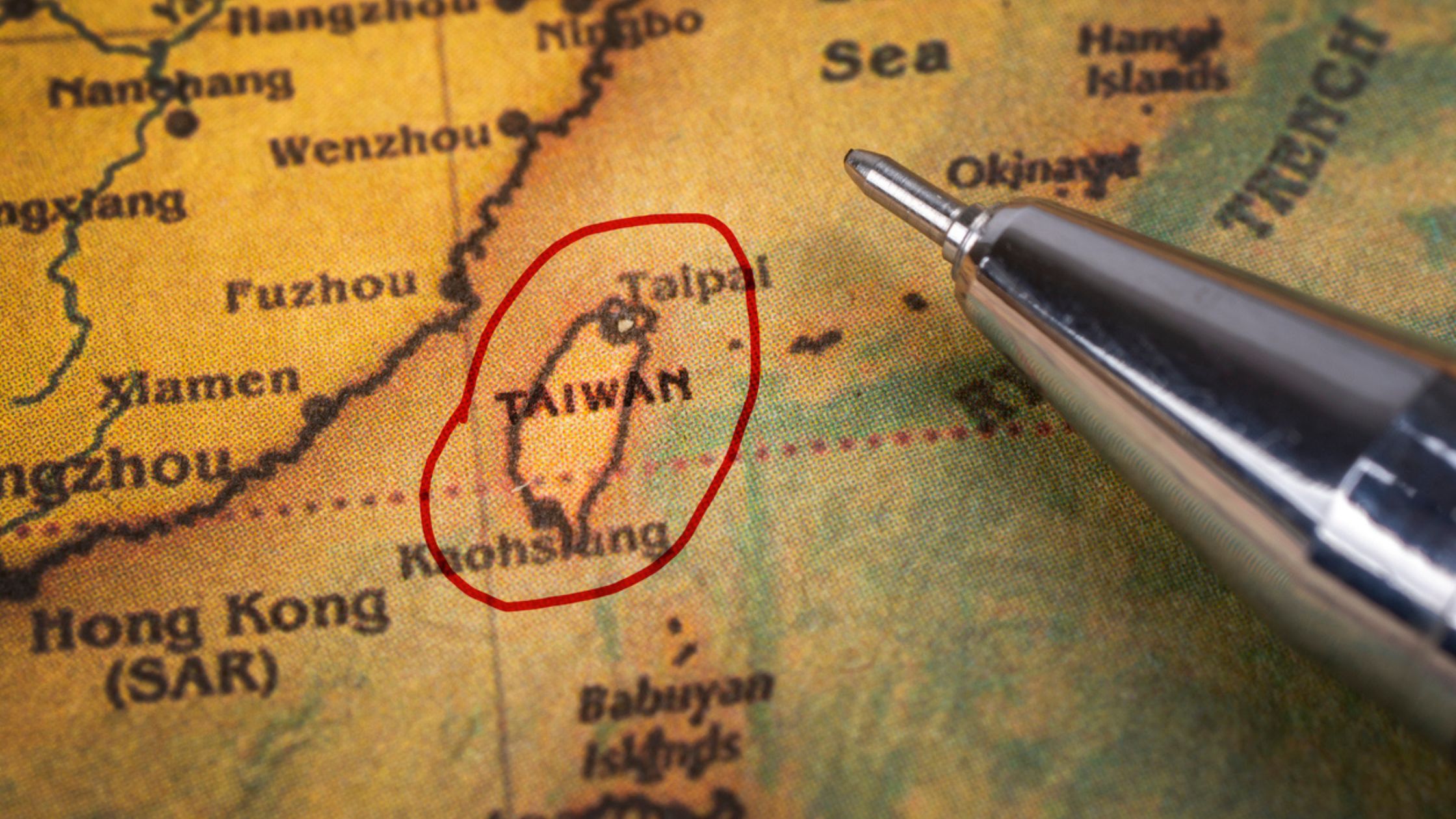
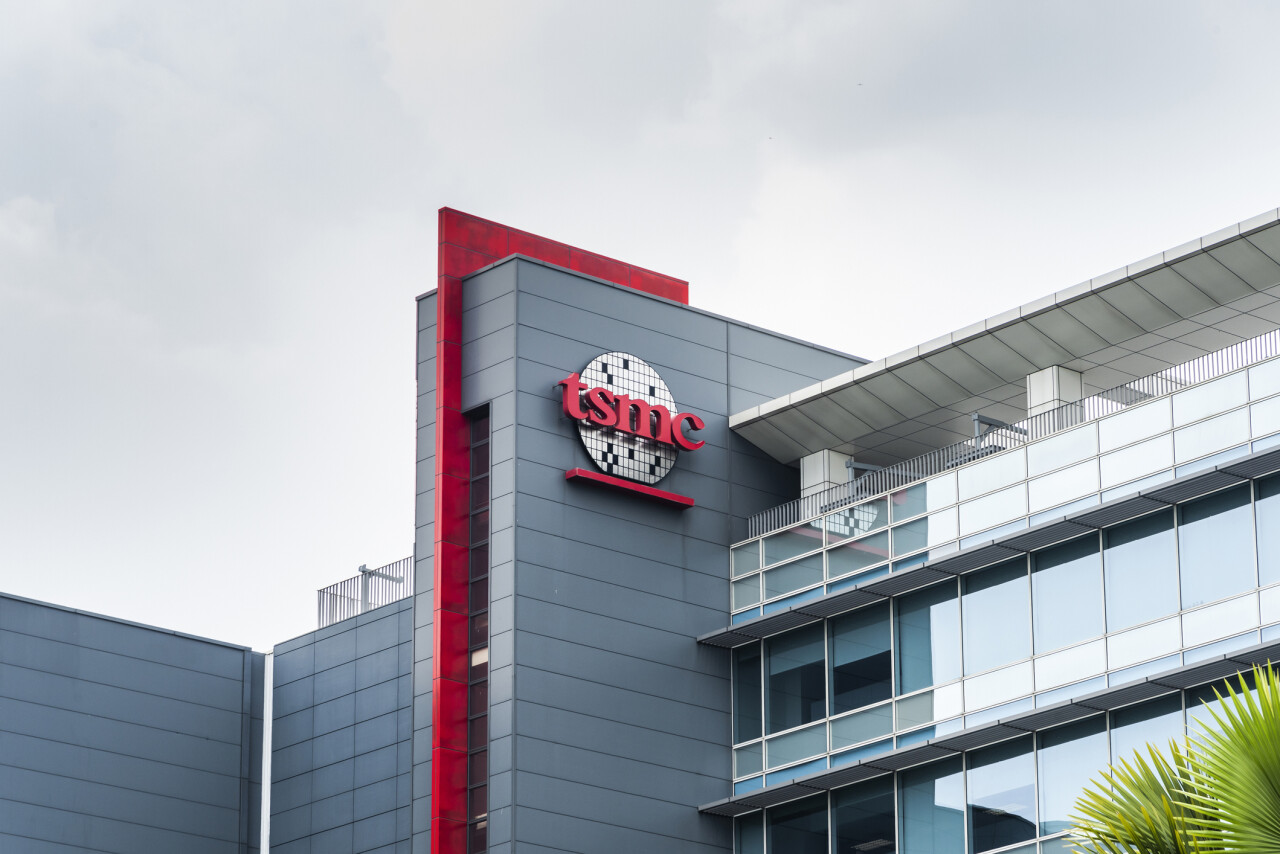





 Deep & Far Attorneys-at-law
Deep & Far Attorneys-at-law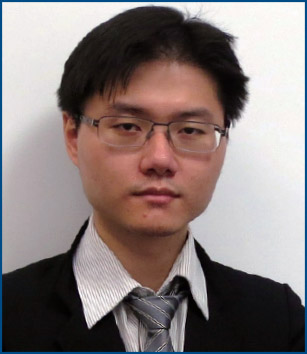 Yu-Li Tsai
Yu-Li Tsai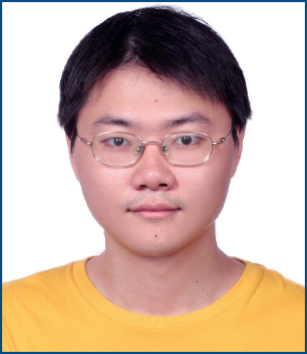 Lu-Fa Tsai
Lu-Fa Tsai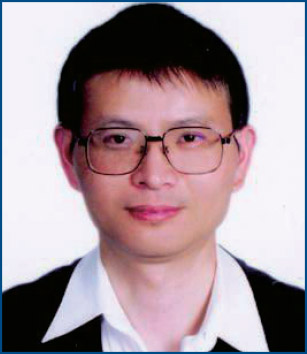 C. F. Tsai
C. F. Tsai







